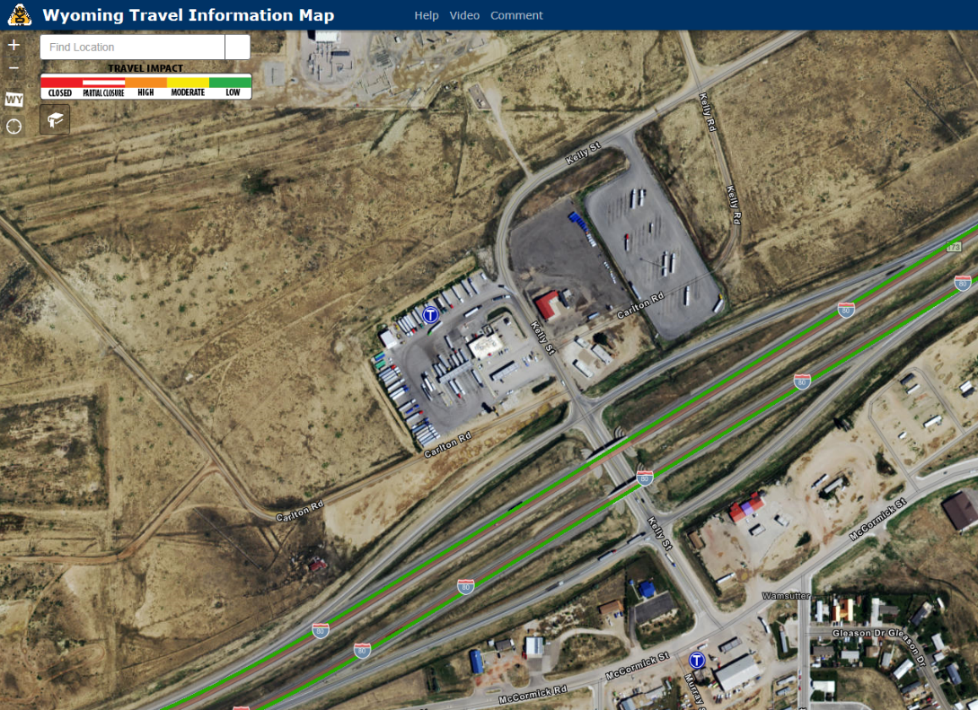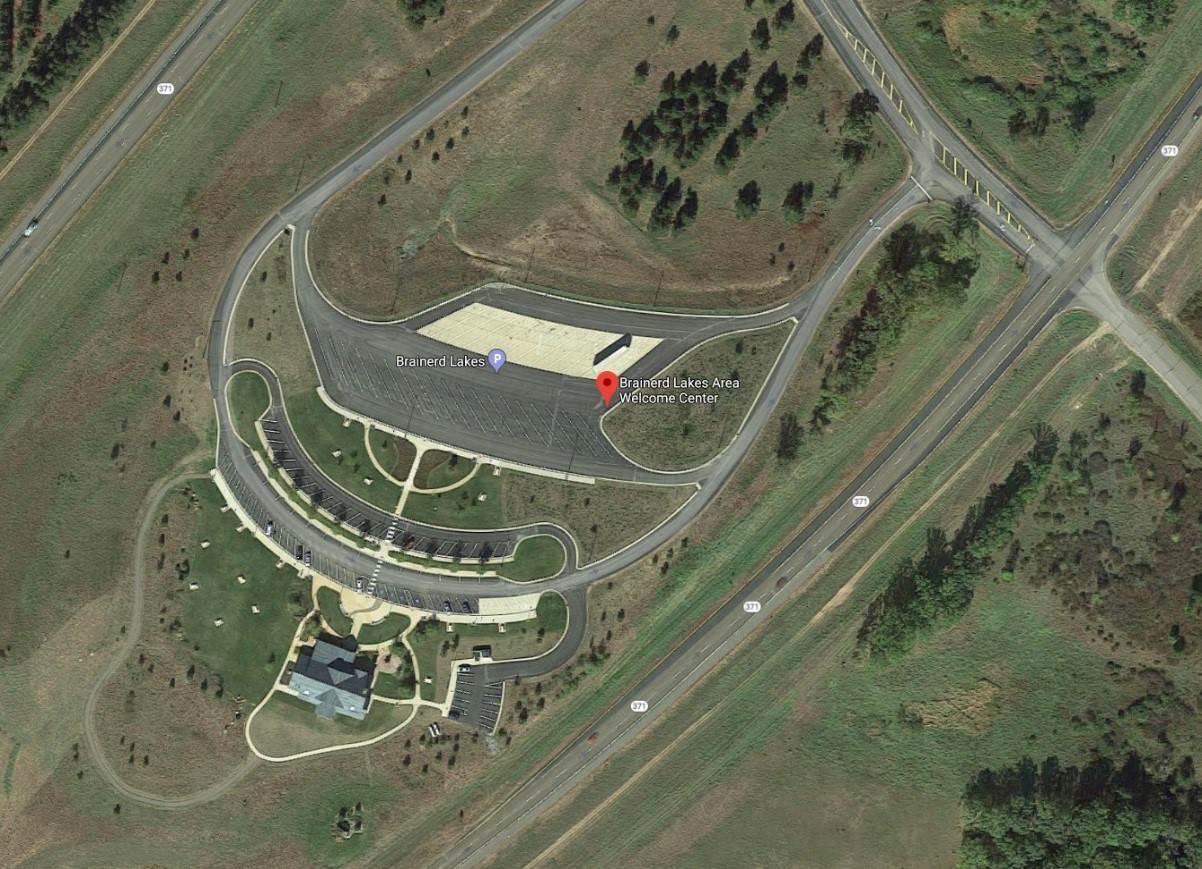National Coalition on Truck Parking: Funding, Finance, and Regulations Working Group - Public-Private Partnerships (P3) Examples and Considerations
Printable Version [PDF 292KB]
You may need the Adobe® Reader® to view the PDFs on this page.
Contact Information: Freight Feedback at FreightFeedback@dot.gov

U.S. Department of Transportation
Federal Highway Administration
Office of Operations
1200 New Jersey Avenue, SE
Washington, DC 20590

Public-Private Partnerships (P3) Examples and Considerations
States, cities, and municipalities are increasingly looking for ways to add truck parking capacity using innovative funding mechanisms.
Some States are converting existing property or constructing new truck parking adjacent to truck stops. This allows drivers to take advantage of the services offered by truck stops (i.e., restrooms, food), without the State having to construct these amenities. Some arrangements are formal, others are informal. There is an opportunity to create a P3 arrangement with a truck stop for operation and maintenance of the State facility. However, truck stops are usually concerned with liability and maintenance costs should an agreement be entered into. This is a potential impediment to the development of P3 relationships for this purpose.
This document highlights examples of P3s and considerations for ways to create nontraditional funding agreements to create additional truck parking.
Wamsutter, Wyoming
Using a Truck Parking Facilities (TPF) Program grant, Wyoming Department of Transportation (WYDOT) constructed 43 dedicated long-term truck parking spaces in a secure, lighted area right off Interstate 80 at Wamsutter, Wyoming. These spots were created adjacent to a truck stop with existing food and shelter. This project will alleviate negative economic impacts resulting from makeshift parking within the community of Wamsutter, as well as assist with previous issues that arose during weather-related highway closures. The project was constructed at a cost of approximately $916,000, with FHWA contributing approximately $829,000.

Figure 1: Aerial view of the Wamsutter, Wyoming truck parking lot.
Source: Map data ©2018 Google, DigitalGlobe.
Weed, California
The City of Weed, located off of Interstate 5, has also constructed a municipal parking lot of about 30 spaces for truck-only parking, catty-corner to a Pilot truck parking facility. This location near the existing Pilot facility provides drivers with access to amenities at the Pilot facility. The parking is free and available for up to 72 hours or longer with special permission from the City. The City of Weed has issued fewer than five truck parking-related tickets to truck drivers throughout the community since the municipal parking lot was created in 2012. The City has never had to clean up trash from the lot.
Brainerd Lakes Area Welcome Center, U.S. Highway 371, Brainerd, Minnesota
Brainerd Lakes Area Welcome Center was funded through a P3 and is sited in the middle of the highway right of way. The center required special State legislation to create a unique P3 with the Brainerd Chamber, Crow Wing County, Minnesota DOT, Minnesota Department of Natural Resources, and Minnesota State Patrol. A gift shop featuring local products helps financially support the operating costs of the facility. The site provides separated, short-term truck parking, bathrooms, and vending machines. The site is operated as a rest area and has 30 truck parking spaces that are easily accessible from either direction of travel on the highway. Private gas station facilities are located approximately 15 miles from the site that offer additional services such as gas, food, and some commercial truck services.

Figure 2: Aerial image of the Brainerd Lakes Welcome Center.
Source: Map data ©2018 Google, DigitalGlobe maps.
Virginia Rest Area Sponsorship
The Virginia DOT enters into an agreement with private sector sponsors whereby private sector sponsors may sponsor any of the 43 Virginia rest areas and welcome centers to help defray the costs of operation. Private sector sponsors provide sponsorship and advertising to rest areas located on Interstate 64, Interstate 81, Interstate 85, and Interstate 95. For more information on Virginia's rest area sponsorship program, please visit http://www.virginiadot.org/business/sponsorships/sponsorships_main.asp.
Decatur, Illinois
The City of Decatur leveraged revenue from a local fuel tax to help entice Love's to construct a truck stop in the community. Decatur will spend about five months' worth of revenue generated, up to $750,000, to update roads in the area to accommodate trucks. The city levied a 5 cent per gallon surcharge at gas stations in the city and charges 1 cent per gallon for diesel. The 18,000 square-foot truck stop is estimated to employ 60 people, and will generate retail sales tax, property tax, and motor fuel taxes for the city. Under the agreement, Love's would repay the city's investment in road improvements if the truck stop isn't built there by May 2019.
Interstate Oasis Program/Public-Private Rest Areas
The Interstate Oasis Program was created under the Safe, Accountable, Flexible, Efficient Transportation Equity Act: A Legacy for Users (SAFETEA-LU). An Interstate Oasis is a facility near an interstate highway but not within the right-of-way, that provides products and services to the public, 24-hour access to public restrooms, and parking for automobiles and heavy trucks. Interstate Oases have designated signing, are located no more than three miles from an interchange with an Interstate, and allow parking for trucks with a maximum duration limit of 10 hours or more.
The Interstate Oasis Program allows States to partner with private operators who meet the minimum criteria to provide basic rest area services in exchange for online highway signing and official designation as an Interstate Oasis. This results in expanded free parking and restroom services to supplement the services available at existing rest areas without having to construct and maintain new rest area facilities. Each State may enact its own Interstate Oasis program with specific signing, and may name the program differently. There are Oases in Connecticut, Illinois, Idaho, Pennsylvania, Ohio, and Utah. Information on the Interstate Oasis Program can be found at: https://www.govinfo.gov/content/pkg/FR-2006-10-18/html/E6-17367.htm.
Utah
The Utah DOT (UDOT) partnered with several truck stops located at Exits 261, 167, and 135 on Interstate 15 as part of FHWA's Interstate Oasis program. Most of the public-private rest stops replaced old, traditional rest stops that were at the end of their life spans.1 Under the program, the State puts up a sign to advertise these rest stops as public-private rest stops, and the service stations had to agree to be open 24 hours a day, seven days a week; provide water and large restrooms (with at least five stalls); provide extra parking; agree to meet certain standards of cleanliness; and to allow inspections by UDOT. The benefit for businesses is more customers, which helps offset higher maintenance costs.2 The benefit for UDOT is limiting the need to build and operate additional public rest areas. However, over the years, the agreements between the rest stop owners and UDOT had to be rewritten to include no pressuring of sales, as solicitation at some locations became problematic. This is a potential issue to be aware of should other States want to adopt this model.
The examples in this report show innovative solutions for truck parking applied in a range of situations. Suitability in other locations will depend on applicable Federal laws, State standards, and site-specific considerations. This document is disseminated under the sponsorship of the U.S. Department of Transportation in the interest of information exchange. The U.S. Government assumes no liability for the use of the information contained in this document. This report does not constitute a standard, specification, or regulation. It does not create any requirements other than those stipulated in statute or regulation. The U.S. Government does not endorse products or manufacturers. Trademarks or manufacturers' names appear in this report only because they are considered essential to the objective of the document. They are included for informational purposes only and are not intended to reflect a preference, approval, or endorsement of any one product or entity.
1 http://archive.sltrib.com/article.php?id=52190511&itype=cmsid [ Return to note 1. ]
2 https://blog.udot.utah.gov/2012/09/public-private-safety-rest-areas/ [ Return to note 2. ]